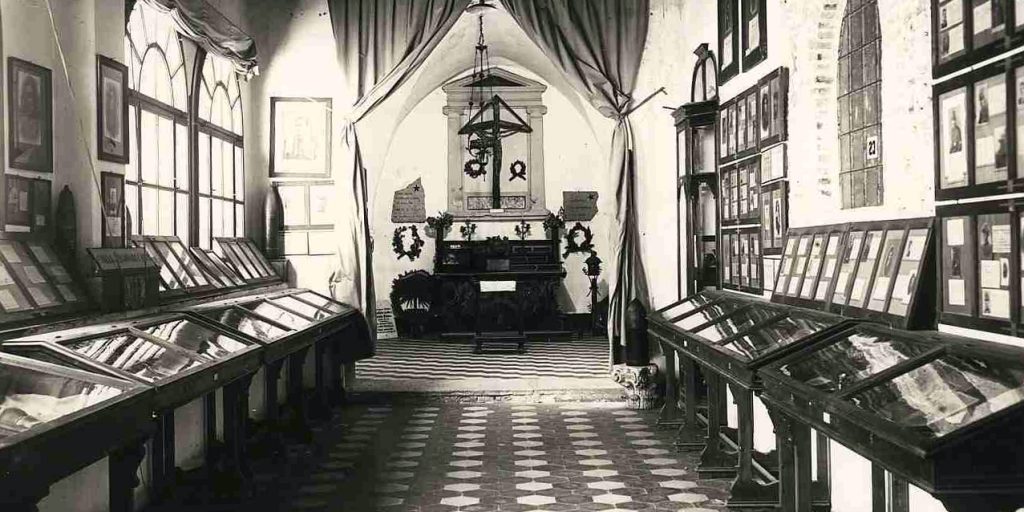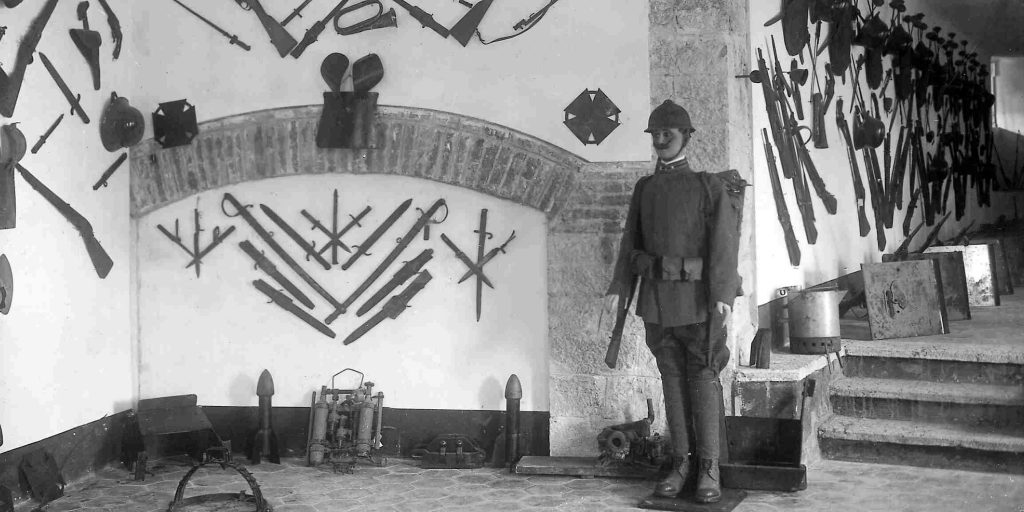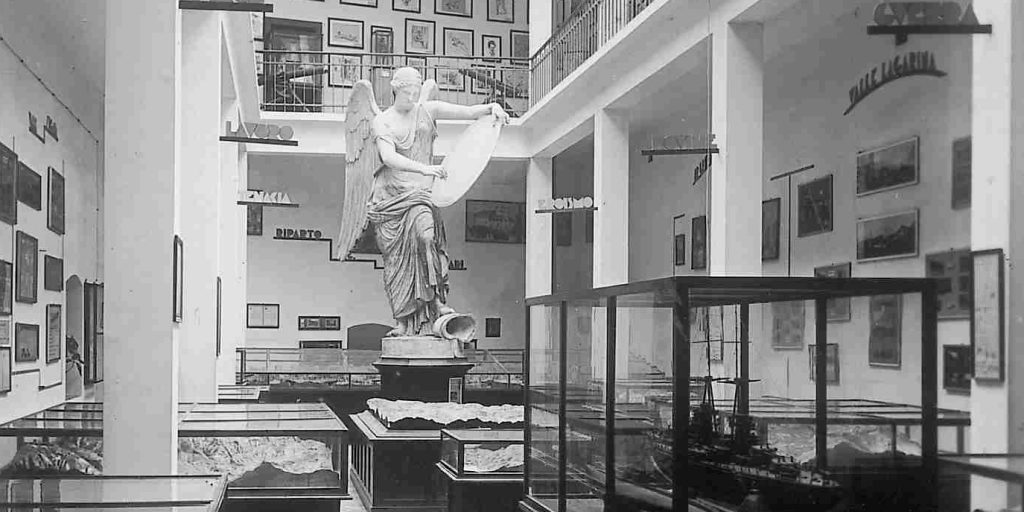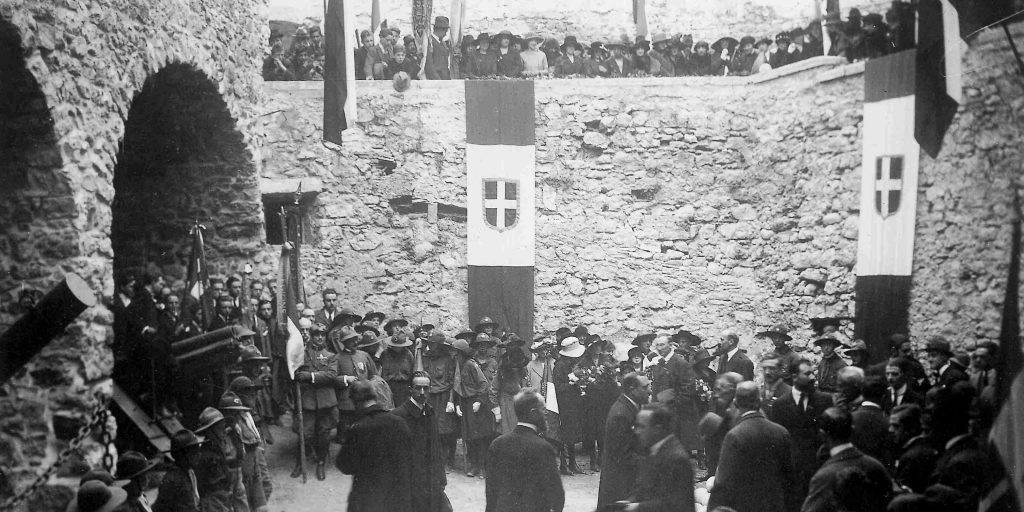Who we are
The Italian War History Museum is a non-profit organisation – following the Third Sector Reform it will become known as an ETS – registered in the appropriate registry.
From a legal standpoint, it is a private law association with legal personality governed by about 300 members. Registration is open to museums, associations, companies, institutions and private organisations. Members pay an annual fee. The institution is managed by a Council, elected through democratic principles. The management of the company and the approval of its financial statements take place with the utmost transparency.
The Museum is part of the Museum Network of the Provincia autonoma di Trento. It is hosted in the Castle of Rovereto, owned by the Comune di Rovereto.
The network of local relations includes institutional bodies, associations and companies. There are active collaborations and exchanges between dozens of museums in Italy and Europe.
The Museum coordinates the circuit of museums known as the Rete Trentino Grande Guerra.












